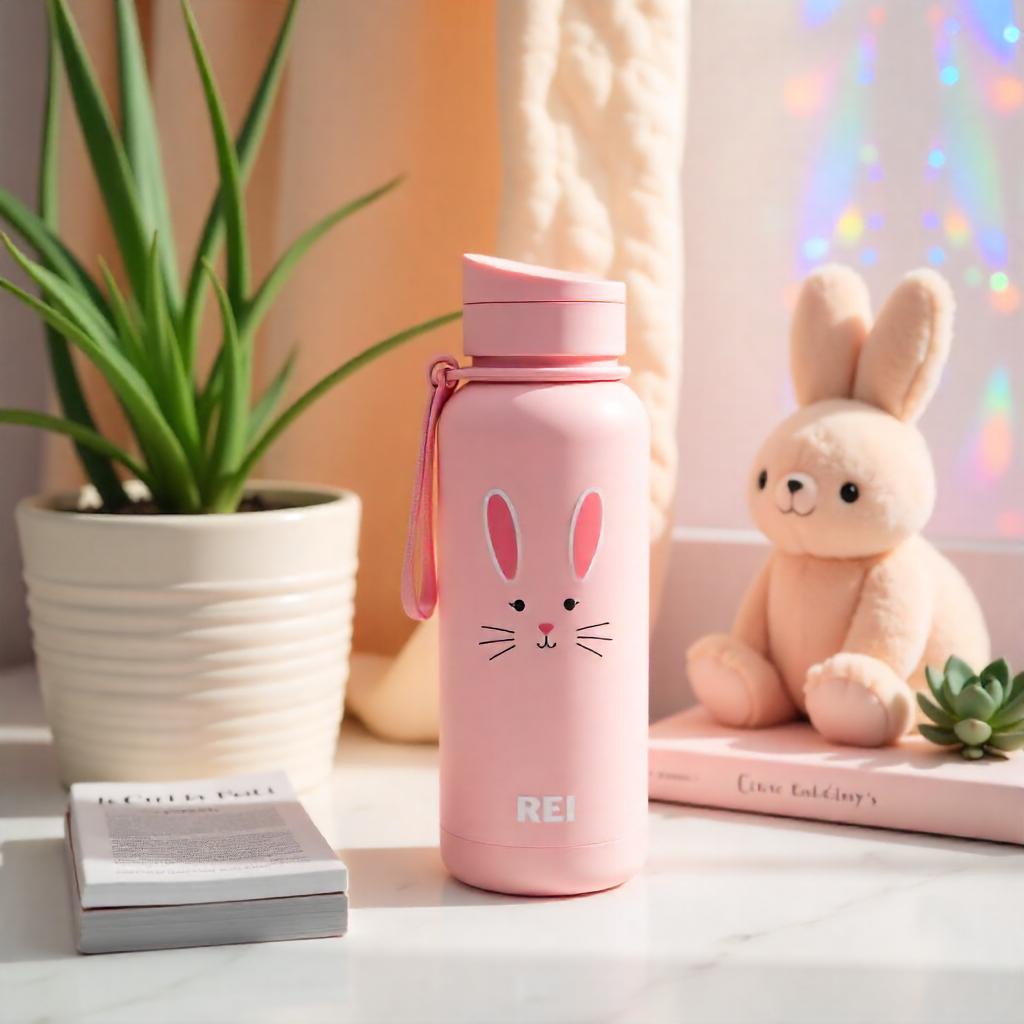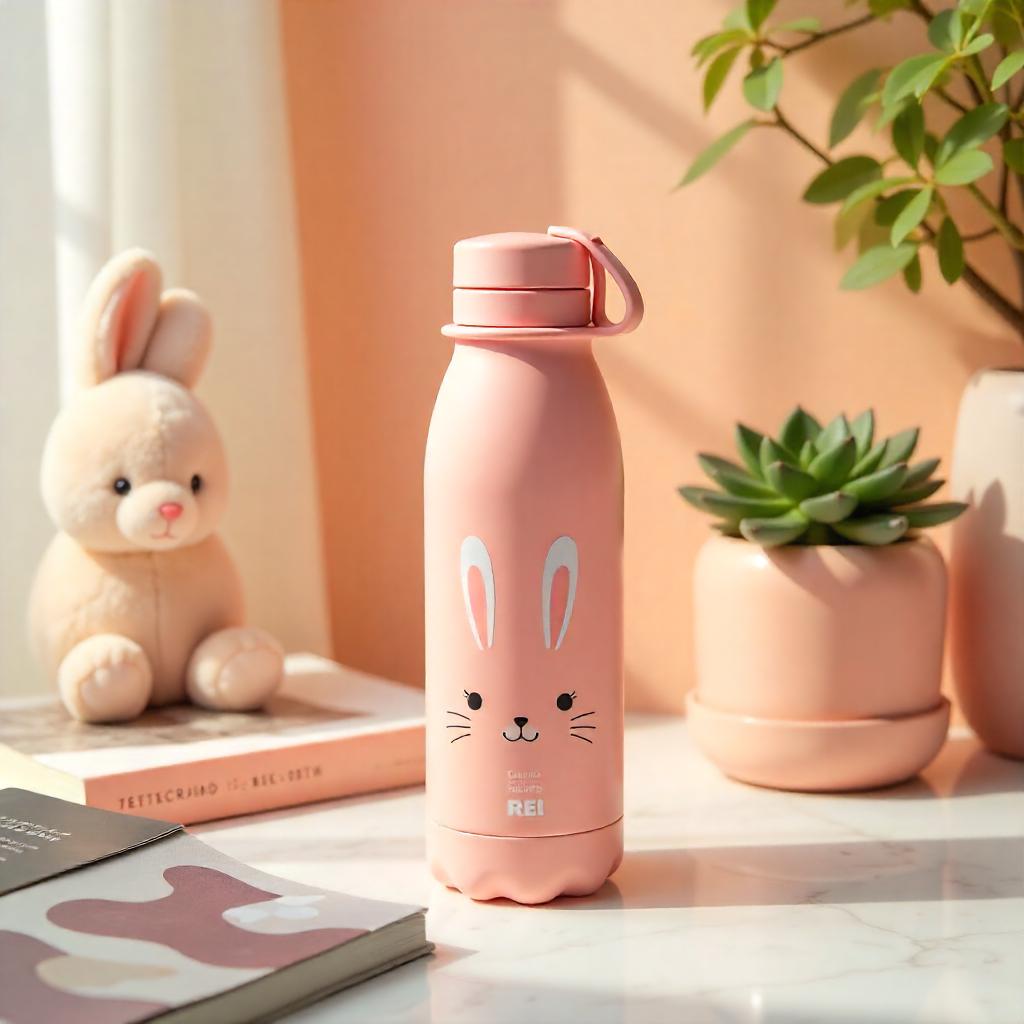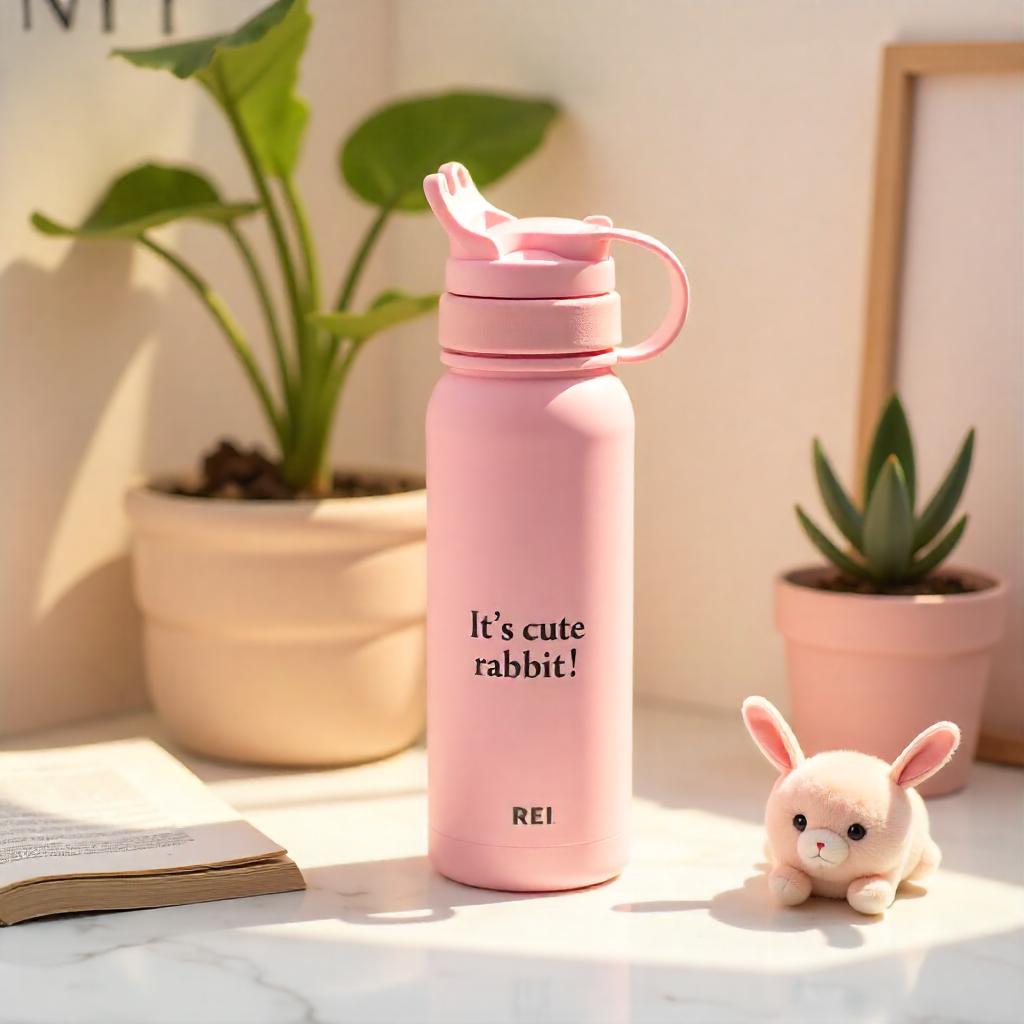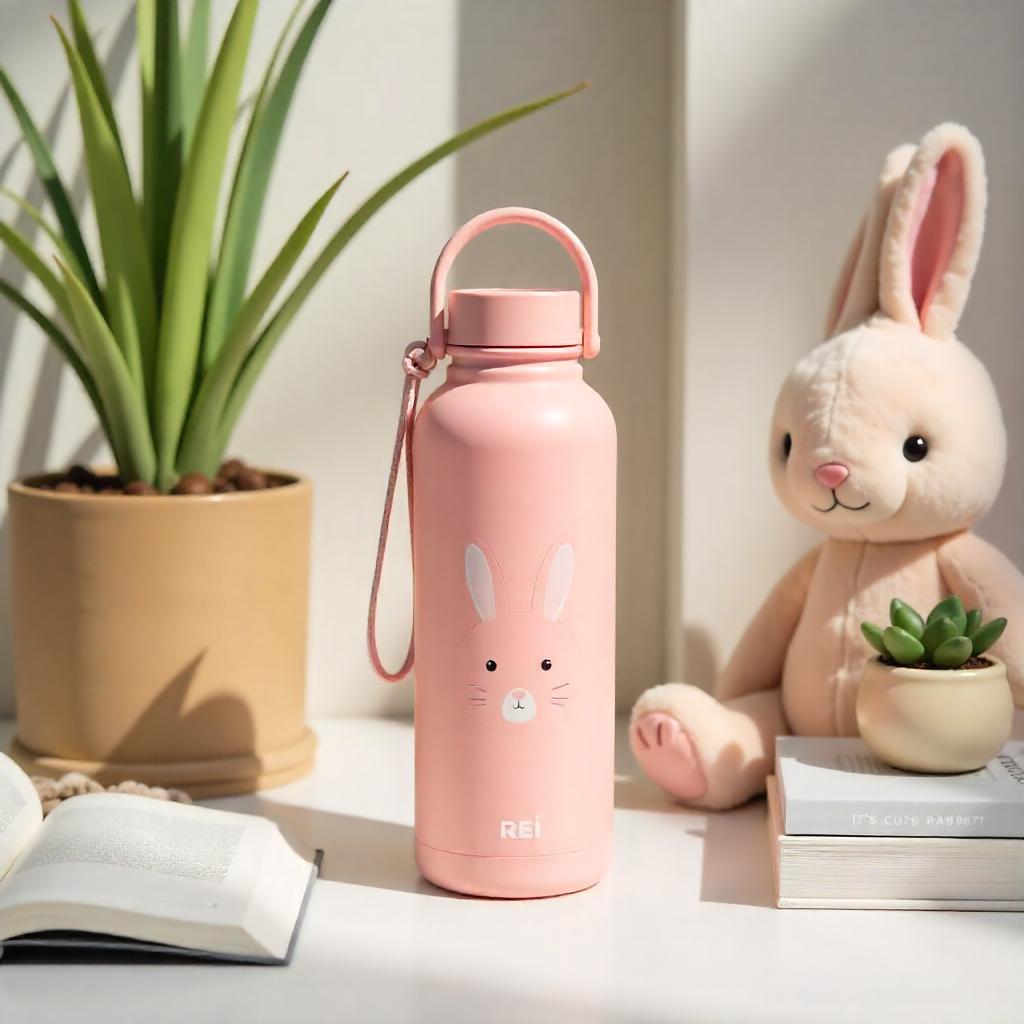As a rabbit parent, you know how much joy those fluffy little creatures bring into your life. Their twitchy noses, curious hops, and cozy cuddles make every day brighter. But with great bunny love comes great responsibility, and one of the most critical aspects of caring for your rabbit is ensuring they stay hydrated. That’s where a rabbit water bottle comes in—a small but mighty tool that keeps your furry friend healthy and happy.
I remember when I first brought home my lop-eared bunny, Thumper. I was overwhelmed by the sheer variety of rabbit water bottles on the market. Which one was leak-proof? Which was easiest for Thumper to use? Did material matter? After plenty of trial and error (and a few soggy cage floors), I’ve learned what makes a rabbit water bottle truly exceptional. In this guide, I’m sharing 10 essential tips to help you choose the perfect rabbit water bottle, packed with insights to ensure your bunny stays hydrated and you stay stress-free.
Let’s dive into these tips, each explained in detail to help you make an informed decision for your beloved bunny.

1. Prioritize Leak-Proof Design for a Dry Cage
There’s nothing worse than reaching into your rabbit’s cage and finding a soggy mess because the water bottle leaked. A leak-proof rabbit water bottle is non-negotiable. When Thumper’s first water bottle started dripping, I thought I could manage with a towel under it—big mistake. The damp bedding led to an unhappy bunny and extra cleaning for me.
Look for bottles with a reliable sealing mechanism, like a double ball-bearing nozzle or a spring-loaded valve. These designs prevent water from escaping when the bottle isn’t in use. Stainless steel nozzles are often more durable and less prone to leaks than plastic ones. Before buying, check customer reviews for mentions of leaks, and opt for brands known for quality construction. A dry cage means a healthier bunny and less work for you.
2. Choose the Right Size for Your Rabbit’s Needs
Rabbit water bottles come in various sizes, typically ranging from 8 ounces to 32 ounces. The right size depends on your rabbit’s size, drinking habits, and how often you can refill the bottle. When I got Thumper, I started with a 16-ounce bottle, thinking it would be plenty. But as he grew (and drank like a camel), I upgraded to a 32-ounce bottle to reduce refills.
A general rule is to provide at least 50-100 ml of water per kilogram of your rabbit’s body weight daily. For a 4-pound rabbit, that’s about 6-12 ounces. If you have multiple rabbits sharing a cage, go for a larger bottle or consider multiple bottles. Also, think about your schedule—if you’re away for long hours, a bigger bottle ensures your bunny won’t run dry. Balance capacity with practicality, as oversized bottles can be harder to clean or mount.
3. Opt for BPA-Free, Non-Toxic Materials
Your rabbit’s health is vital, thus the material of the rabbit water bottle matters Most bottles are made of plastic, but not all plastics are safe. I once bought a cheap bottle without checking the material, only to notice a strange smell after a few days. That trek to the garbage was short!
Choose bottles labeled as BPA-free and made from food-grade plastic or glass. Glass bottles are a fantastic, eco-friendly option—they’re non-toxic, easy to clean, and don’t retain odors. However, they’re heavier and can break if your rabbit is a notorious chewer. Stainless steel components, like the nozzle, are also a great choice for durability and safety. Always double-check that the bottle is designed specifically for pets to avoid harmful chemicals.
4. Ensure Easy Cleaning for Hygiene

A clean water bottle is essential to prevent bacterial growth and keep your rabbit’s water fresh. I learned this the hard way when I neglected to deep-clean Thumper’s bottle for a week, and a slimy film started forming inside. Yuck! Regular cleaning is a must, and the bottle’s design can make this task easier or harder.
Look for bottles with wide openings or removable parts, which allow you to scrub the interior thoroughly. Some bottles can also be washed in the dishwasher (please use the top rack). Steer clear of bottles with complicated, difficult-to-clean nozzles or small mouths since they may house germs. A bottle brush is your best friend for getting into those tricky spots. Aim to clean the bottle at least once a week, and rinse it daily when refilling.
5. Pick a Bottle with a Secure Mounting System
A rabbit water bottle needs to stay put, no matter how playful or curious your bunny is. Thumper loves to nudge things around, and his first bottle kept falling off the cage, spilling water everywhere. A secure mounting system is a game-changer.
Most bottles come with a clip, wire holder, or screw-on mount to attach to the cage. Wire holders are versatile and work with most cage types, while screw-on mounts are sturdier but may require specific cage bars. If your rabbit is a chewer, position the bottle high enough to prevent them from gnawing on the mount. Test the mount’s stability before leaving it unattended—give it a gentle tug to ensure it won’t budge.
6. Consider Ease of Use for Your Rabbit
Not all rabbits take to rabbit water bottles right away. Some, like Thumper, need a little encouragement to figure out how to use the nozzle. The bottle’s design can make a big difference in how easily your rabbit adapts.
Choose a bottle with a smooth, easy-to-lick nozzle. Ball-bearing nozzles are popular because they release water with a gentle tongue tap, but make sure the ball moves freely—stiff nozzles can frustrate your bunny. If your rabbit is new to bottles, you might need to show them how it works by gently tapping the nozzle to release a drop of water. Bottles with angled nozzles can also be easier for rabbits to access, especially in smaller cages.
7. Check for Durability to Withstand Chewing

Rabbits love to chew—it’s in their nature. A flimsy rabbit water bottle won’t last long in a cage with a determined bunny. Thumper once chewed through a cheap plastic nozzle in less than a week, leaving me scrambling for a replacement.
Invest in a bottle made from durable materials, like thick, chew-resistant plastic or glass. Stainless steel nozzles are a must, as they’re tougher than plastic and less likely to be damaged. If your rabbit is an aggressive chewer, consider a bottle with a protective nozzle guard or mount it out of reach. Durability saves you money in the long run and ensures your rabbit always has access to water.
8. Look for Anti-Slip Features for Stability
Some rabbits are little acrobats, climbing and hopping around their cages. An unstable rabbit water bottle can tip over or shift, making it hard for your bunny to drink. I once watched Thumper try to drink from a wobbly bottle, and his frustrated little stomps were both adorable and heartbreaking.
Anti-slip features, like rubberized grips on the nozzle or a weighted base, can keep the bottle steady. If the bottle attaches to the cage, ensure the mount has a firm grip on the bars. For freestanding bottles (less common for rabbits), a non-slip bottom is crucial. Stability means your rabbit can drink comfortably without knocking the bottle around.
9. Evaluate Cost vs. Quality
It’s tempting to grab the cheapest rabbit water bottle on the shelf, but low price often means low quality. I made this mistake early on, and the constant leaks and replacements ended up costing more than a good bottle would have upfront.
Set a reasonable budget and compare options within that range. A quality bottle typically costs $10-$20, depending on size and features. Look for value—durability, leak-proof design, and safe materials are worth the investment. Check for warranties or satisfaction guarantees, as some brands stand behind their products. A well-made bottle lasts longer and keeps your bunny healthier, saving you money and worry.
10. Read Reviews and Seek Recommendations

When in doubt, let other rabbit parents guide you. Real-world information on rabbit water bottles may be found in abundance on pet forums and online reviews. I found my favorite bottle—a 32-ounce glass model with a stainless steel nozzle—after reading glowing reviews from fellow bunny owners.
Check platforms like Amazon, Chewy, or pet-specific forums for feedback on specific models. Look for comments on ease of use, durability, and leak-proof performance. If you’re part of a local rabbit community or have friends with bunnies, ask for their recommendations. Real life experiences can help you avoid the trial-and-error stage by guiding you toward a bottle that has been tried and tested.
Wrapping Up: Keep Your Bunny Hydrated and Happy
Choosing the right rabbit water bottle might seem like a small decision, but it has a big impact on your bunny’s health and your peace of mind. By focusing on leak-proof design, safe materials, ease of cleaning, and durability, you can find a bottle that keeps your rabbit hydrated and your cage mess-free. Thumper and I have been through our share of rabbit water bottles, and I can tell you that a little research goes a long way.
Take your time to explore options, read reviews, and consider your bunny’s unique needs. Whether you’re a new rabbit parent or a seasoned pro, these 10 tips will help you pick a rabbit water bottle that makes both you and your furry friend happy. Here’s to many hoppy, hydrated days ahead!
Got a favorite rabbit water bottle or a tip I didn’t mention? Please leave a comment below with your opinions; I would love to hear from other bunny lovers!
